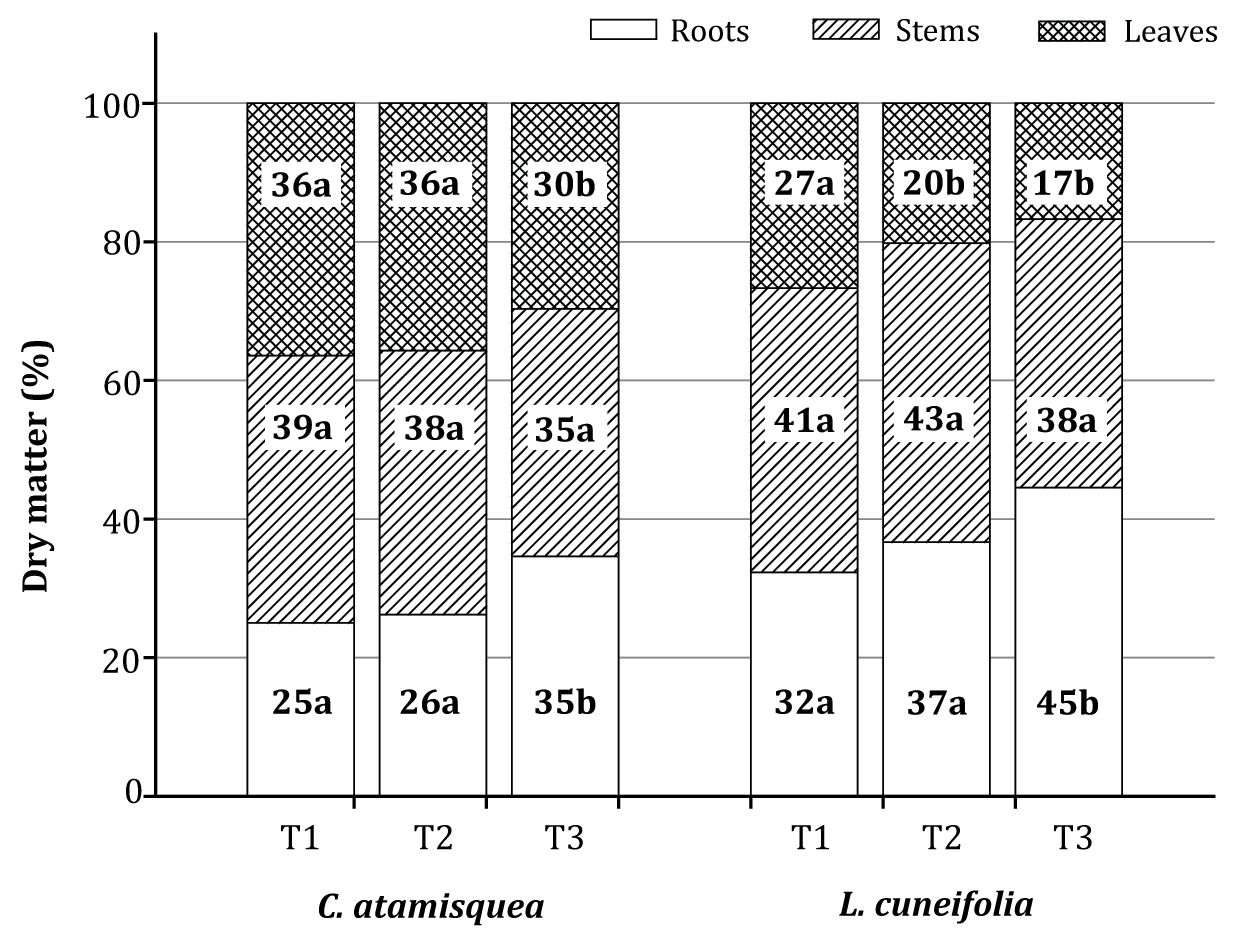Sapling growth, water status and survival of two native shrubs from the Monte Desert, Mendoza, Argentina, under different preconditioning treatments
Keywords:
Capparis atamisquea, Larrea cuneifolia, water potential, stomatal conductance, Monte biogeographic region, preconditioning treatmentsAbstract
Revegetation in arid zones poses numerous challenges, due particularly to drought, extreme temperatures, high irradiance, and infertile soils, factors which threaten the survival of installed saplings. Nursery techniques to avoid transplant shock focus on manipulating the watering regime so as to favor the acclimation of seedlings to unfavorable field conditions. In order to analyze the suitability of drought preconditioning treatments, we analyzed the effects of water stress on sapling growth, water status and survival on two native shrub species of the Monte Desert. We used a randomized experimental design with one fixed factor, with three levels of water supply: control (T1), moderate stress (T2), and severe stress (T3). Preconditioning treatments had a detrimental effect on the growth of saplings of both species, as it was clearly shown in the reduction of leaf area, sapling height, stem diameter, and biomass. Shoot-to-root ratio decreased significantly under T3 in both species, and they showed highly negative water potentials and low stomatal conductance under this treatment. Sapling survival decreased only under T3. Moderate water stress seems more suitable for preconditioning this species since it reduces growth, leaf area and leaf conductance without seedling mortality and maintaining a good growth rate.
Downloads

Downloads
Published
How to Cite
Issue
Section
License
Aquellos autores/as que tengan publicaciones con esta revista, aceptan las Políticas Editoriales.










.jpg)




